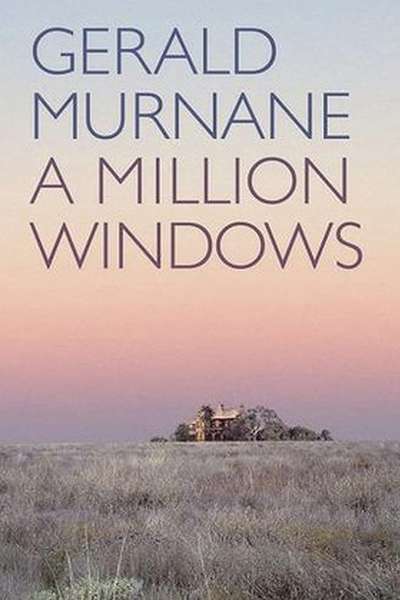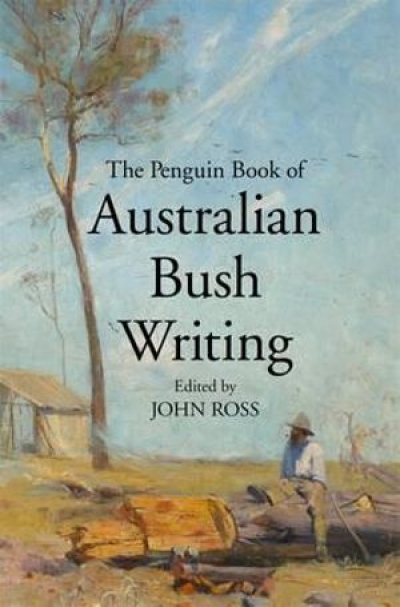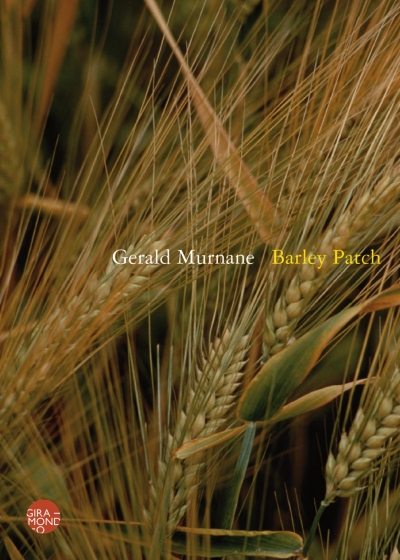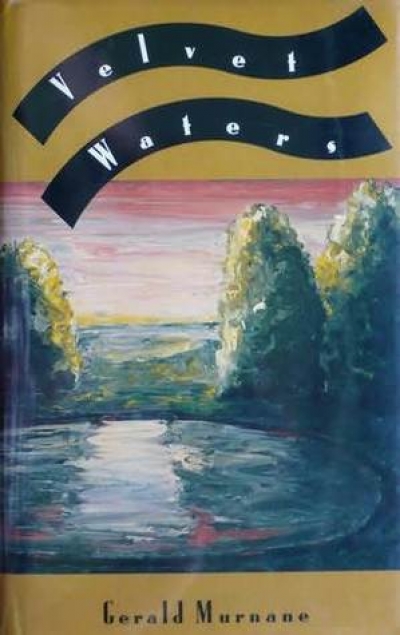Gerald Murnane
'The scientist of his own experience: A Profile of Gerald Murnane' by Shannon Burns
The town of Goroke (population six hundred) stands almost exactly between Melbourne and Adelaide, in the Wimmera region of Victoria. It is, in many ways, a typical small country town. If you drive there in the morning during late spring or early summer, you’ll need to slow the car to avoid kangaroos on the road. Magpies are everywhere. Horses and other livestock m ...
What makes a story compelling? When I was an undergraduate student at Deakin University, I was fortunate enough to be instructed in fiction writing by Gerald Murnane. His key criterion for the worth of a story was its capacity to mark his memory with an enduring image. Over time he used to cull books from his shelves that failed to impress him in this way.
... (read more)The Penguin Book of Australian Bush Writing edited by edited by John Ross
The Choir of the Just
Peter Craven’s review of the Macquarie PEN Anthology of Australian Literature has generated much comment, some of it favourable, some not. Much of the latter was concentrated on the Internet, with the kind of reflexive, personality-driven, bien-pensant umbrage that often passes for literary discourse in the blogosphere. James Joyce’s phrase ‘the choir of the just’ springs to mind. What comes through is a shrill note of intolerance, the implication that because certain people disagree with other people’s views, the latter should not be aired. So much for liberal values.
... (read more)





